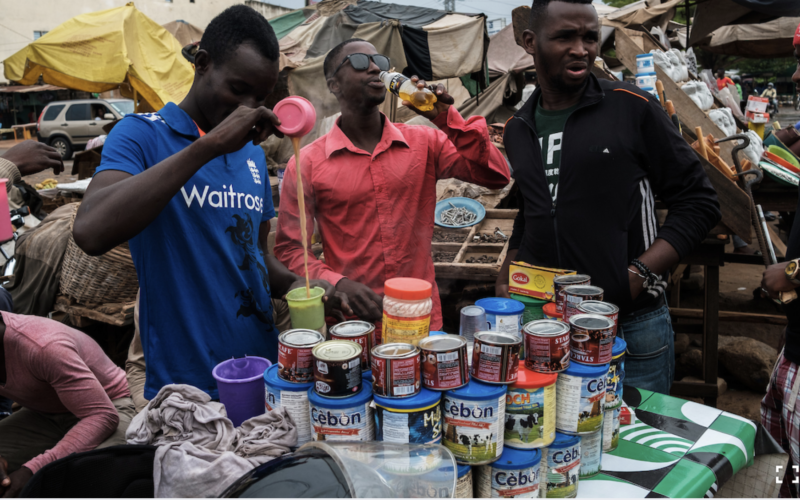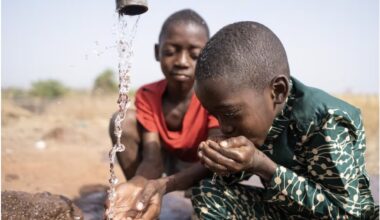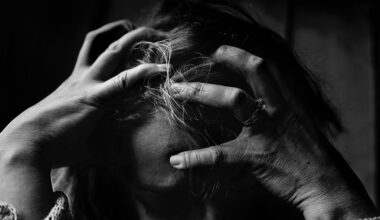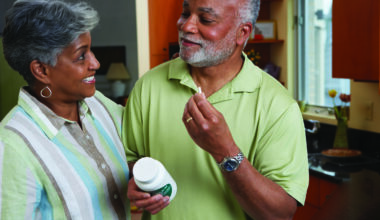By Laura Salm-Reifferscheidt
Weakly regulated painkillers are causing untold damage in West Africa, but stricter controls could have dire consequences for patients. Laura Salm-Reifferscheidt unpicks an opioid crisis even more complex than America’s.
Ayao* is a tall and well-built 15-year-old, and like many his age, he is very particular about his appearance. He wears a white T-shirt with a colourful design on the front, white trousers and Kappa slip-on sandals. He likes to put a lot of effort into grooming his stylishly cut hair. When I meet him at his family’s simple one-storey brick house in Lomé, Togo’s capital, he stands in his room looking into a tiny mirror, wincing as the comb gets stuck.
Ayao works for a company that sells drinking water. He gets up at five to load transport tricycles with heavy bags of water sachets, and then delivers them to shops in the local area. Before starting this morning, he took two white tramadol pills, each with a stated dose of 225 mg.
For four years now, Ayao has been taking between 450 and 675 mg of tramadol almost every day. The maximum daily dose recommended by doctors is 400 mg.
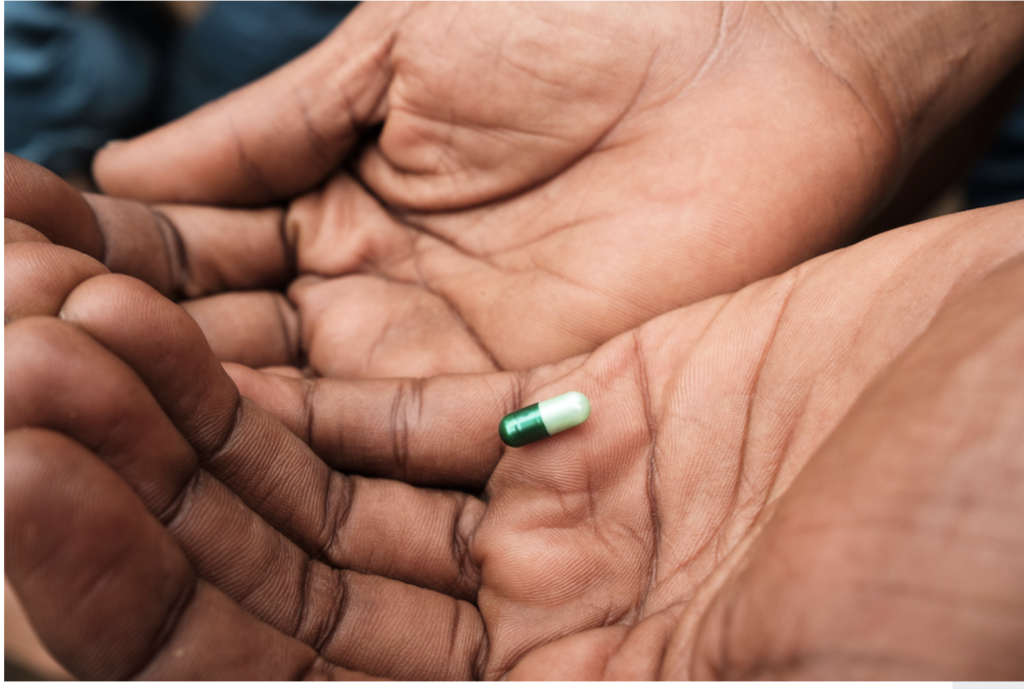
“When I take it, I feel like I can do anything. Nothing seems impossible,” Ayao says. “If I do not take it, I am not strong. It does not feel good.” When he has taken the drug, he speaks so quickly that he stammers and trips over his words.
Tramadol is a synthetic opioid used to treat moderate to moderately severe pain. It’s relatively safe, cheap and widely available compared to other opioid painkillers, and is given to patients with cancer, after surgery or in cases of chronic pain. In Togo and many other countries, it’s listed as an essential medicine – one that the healthcare service should have available at all times to meet the population’s needs.
It also has other effects. It can be a sedative, but if taken orally at high enough doses, it can produce a stimulating euphoric effect similar to heroin.
Refugees in northern Nigeria reportedly use tramadol to deal with post-traumatic stress. In Gabon it has infiltrated schools under the name kobolo, leading to kids having seizures in class, while in Ghana the ‘tramadol dance’ is trending, basing its zombie-like moves on the way people behave when they’re high on the painkiller.
Musicians from Sierra Leone, Togo and Nigeria have written songs about it. It is popular in Mali, Niger and Burkina Faso. Among the ranks of Boko Haram and Islamic State, tramadol tablets are taken by fighters, leading them to be dubbed ‘jihadist pills’.
But because it’s only about one-tenth the strength of morphine, tramadol is deemed to have a low abuse potential. It’s therefore not internationally controlled – or ‘scheduled’ – by the United Nations. Instead, each country has to set up its own rules and regulations for tramadol production, import, export, distribution and use.
The efficacy of these is mixed. Across North Africa, West Africa and the Middle East, tramadol abuse is rife.
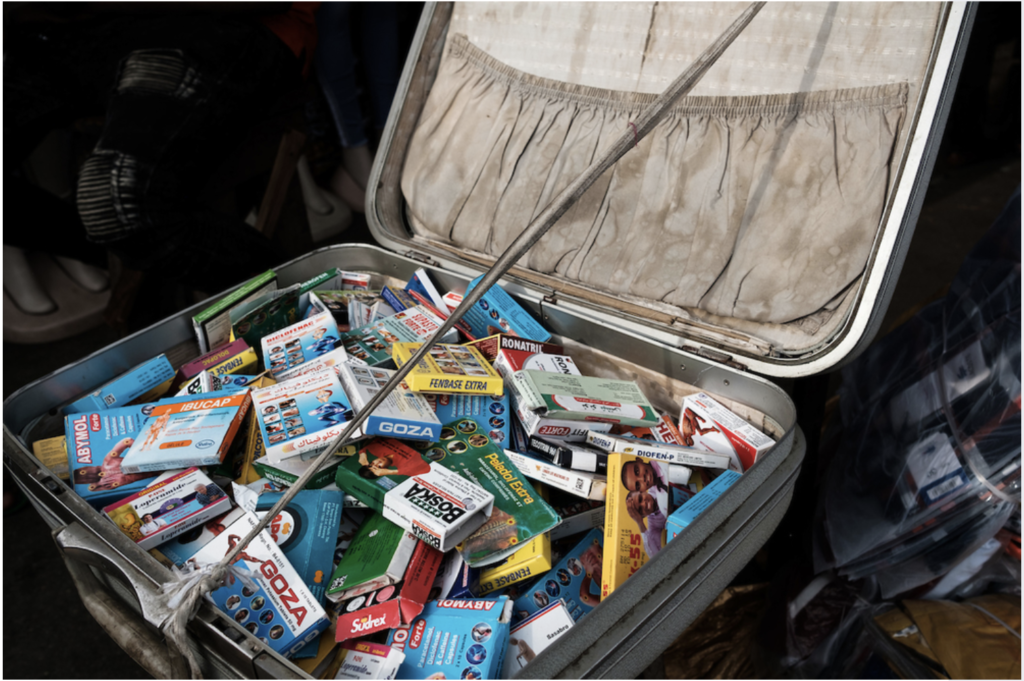
When Ayao started with tramadol, he was still at school. He remembers being constantly tired while some of his classmates were always on good form.
“I saw my mates and I wondered, why do they react so fast-fast?” One of them took Ayao to an old lady selling sweets, biscuits and medicines in a tiny shop not far away. They bought some green tramadol capsules, and Ayao’s habit began. He enjoyed how the drug made him feel. “I felt light and easy in my skin,” he says.
The reality, however, was not that simple. Ayao’s behaviour changed. “In class I was being too hot,” he says. He became disrespectful towards his teachers, and eventually an argument over an unruly haircut led to his expulsion from school. No other public school will take him, and he doesn’t have the money for a private one.
Since he can no longer go to school (despite it strictly speaking being compulsory at his age), Ayao works most days. He delivers water during the week, and on Saturdays assists his father, a mason. On Sundays he goes running, and some afternoons he plays football with others from the neighbourhood. For all of these activities he now needs to take tramadol.
Ayao’s parents know that their son takes the drug. “If it is for work, he can take it, but if not, it’s out of the question,” says his mother. While she thinks tramadol is OK if it helps Ayao earn money, she does worry about him abusing it. “It destroys people. I see this. They become crazy and do stupid things.”
Ayao’s father also works as a night watchman. For this, he buys blue Ibucap capsules – labelled as being manufactured in India and containing ibuprofen, paracetamol and caffeine – from one of the countless medicine peddlers who roam the streets of Lomé. He takes them to help him overcome the aches and pains he feels after a day of physical labour.
Tramadol, Ibucap – to Ayao’s parents they are both medicine. And because medicines are not seen as drugs, like cannabis or cocaine, they don’t carry the same stigma.
Ayao is far from the only one using tramadol for non-medical purposes.
There is a burly man with an empty look in his eyes who hangs out on the steps of a shop at the Grand Marché, a few hundred metres from Lomé’s palm-studded beach. He speaks of an inhuman energy rushing through his body when taking tramadol, pointing to a truck driving along the crowded street. “When a car comes towards you, you think it is a toy and you can just pick it up. But in reality death is rolling towards you.” The man says he has had nearly a dozen tramadol-induced seizures.
In another neighbourhood, a motley group of motorcycle taxi drivers all have stories to tell. About how some of their colleagues crashed their bikes, not even noticing they were hurt because they didn’t feel any pain. About how they can go a whole day without eating, or how they mix tramadol with energy drinks, instant coffee or sodabi, a strong locally distilled spirit, to get an extra kick. One of the men is obsessively polishing his bike with a cloth and a toothbrush. It is already sparkling in the sun but he carries on. Those who take tramadol have an excess of nervous energy and cannot sit still.
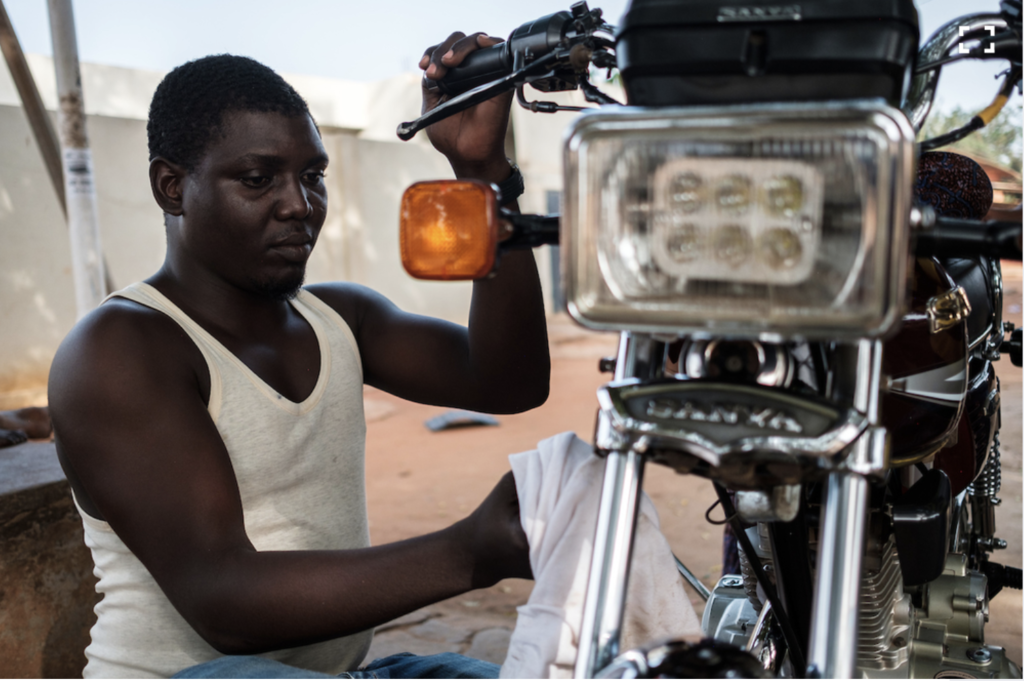
A sex worker who has been taking tramadol daily for two years says it helps her cater to more customers and walk the streets all night. The 225 mg tablet she takes every day doesn’t have the same effect it used to, but she doesn’t want to increase her dosage. She has seen what it does to others. Some lose control, they get nervous and into fights, while some fall asleep while having sex with a customer. She can tell when her customers are high on the drug, too: “They are more horny and rough-rough.”
The pills these non-medical users take are typically between 120 and 250 mg, though some speak of strengths of up to 500 mg. They buy single blisters from medicine peddlers, but also from market women, dealers and roadside tea and coffee vendors for between 250 and 500 francs (45–90 US cents), depending on the dosage. The minimum wage in Togo is 35,000 francs (US$60) per month.
A 36-year-old motorcycle taxi driver recounts that he once managed to quit for three months. His body hurt all over. “It was a mental battle that I lost,” he says. Other withdrawal symptoms include profuse sweating, breathing difficulties, anxiety, stomach cramps and depression. Everyone around him takes tramadol. Many want to stop. They just don’t know where to find help.
Around the region, the few formal options that do exist for drug addicts are often embedded in psychiatric hospitals. But the stigma around checking into such an institution is strong. People say they might be addicts, but they are not fou, or ‘mad’.
In Togo, and most other countries, tramadol is officially a prescription-only drug. While there might be pharmacies that will sell it without one, in sub-Saharan Africa a large proportion of people buy their medicines in the informal sector. Often neither vendor nor customer really understands what’s being bought and sold, especially given that pills frequently don’t contain what is stated on the packet.
This is because the bulk of tramadol used for non-medical purposes is not diverted from legitimate pharmaceutical sources. Rather, it’s made up of unlicensed, counterfeit or substandard pills manufactured primarily in India and China, which are then trafficked to North and West Africa.
“We have seen an increase in seizures of tramadol in various countries, especially those with sea borders where tramadol usually enters the region – Benin, Ghana, Côte d’Ivoire and Nigeria,” says Jeffery Bawa, drug control and crime prevention officer for the United Nations Office on Drugs and Crime (UNODC) Sahel Programme. In 2018 alone Nigeria seized 6.4 billion tramadol tablets.
From the ports of West Africa the cargo is then dispersed throughout the region. According to the 2018 UNODC World Drug Report, North, Central and West Africa accounted for 87 per cent of pharmaceutical opioids seized worldwide, a development due almost entirely to tramadol trafficking.
In Togo, while there have been big seizures of several tonnes at the port in the past, nothing on that scale has been recorded in the past two years. Raids on market and street vendors selling illicit medication have, however, increased, pushing tramadol underground.
“Now that we have started to strike, to repress, to seize the illicit products the bonnes dames [market women] sell, it’s begun to enter the clandestine,” says Mawouéna Bohm, deputy permanent secretary of the National Anti-Drug Committee. “That’s to say, the bonnes dames sell it to clients they know very well, and who also come with secret codes.”
Anecdotes from the street support this. “Tramadol is trouble,” says one medicine peddler at the Grand Marché. “If the police find you with it, it is a problem.” Everyone has become more secretive. Even Ayao says he never buys more than one or two pills at a time. “It would not be good if the police catch me with it,” he says.
As a result of the crackdown, prices have risen sharply in the past few months. Whereas a 120 mg capsule cost 50 francs (9 US cents) before, it now costs up to 300 francs. The 225 or 250 mg pills sell for up to 500 francs.
Neighbouring Ghana has also taken steps to combat the abuse of tramadol on its streets, after the problem intensified in 2017. On a national level tramadol is now a controlled substance. Alongside an increase in law enforcement, the country has held nationwide pharmaceutical crime training so that “police would treat counterfeit drugs with the same urgency as they do arms,” explains Olivia Boateng, head of the Tobacco and Substances of Abuse Department at Ghana’s Food and Drugs Authority. Through advocacy and education efforts, the Ghanaian authorities are also teaching people that this is a substance with health implications. “The feedback we are getting is that the abuse of tramadol has gone down considerably,” says Boateng.
But corruption, porous borders and the free movement of people create a challenge across the West African region. According to Boateng, the majority of the drug peddlers arrested in the Ghanaian crackdown were from Niger, Nigeria and Togo. “They carried the tramadol across unapproved routes on motorbikes. We also had a truck impounded, where tramadol was concealed in loads of other products that were not medicine.”
Facing similar challenges, in recent years Egypt has put the painkiller under strict national control. But seizures of unlicensed tramadol have remained significant. In 2017 more than 60 per cent of those treated in a state-run addiction facility still named tramadol as their main substance of abuse. So in response, Egypt called for tramadol to be internationally controlled.
However, in March 2019 the UN Commission on Narcotic Drugs declined to add tramadol to its list of scheduled substances. Its concern was that international controls might make access harder for those in low-income countries who genuinely need the painkiller.
Grace Kudzu looks at her watch. It is time for her injection. She grabs a light brown vinyl purse and steps out of her parents’ large house, crossing the spacious veranda and heading through the garden gate onto a sandy road in one of Lomé’s quiet neighbourhoods.
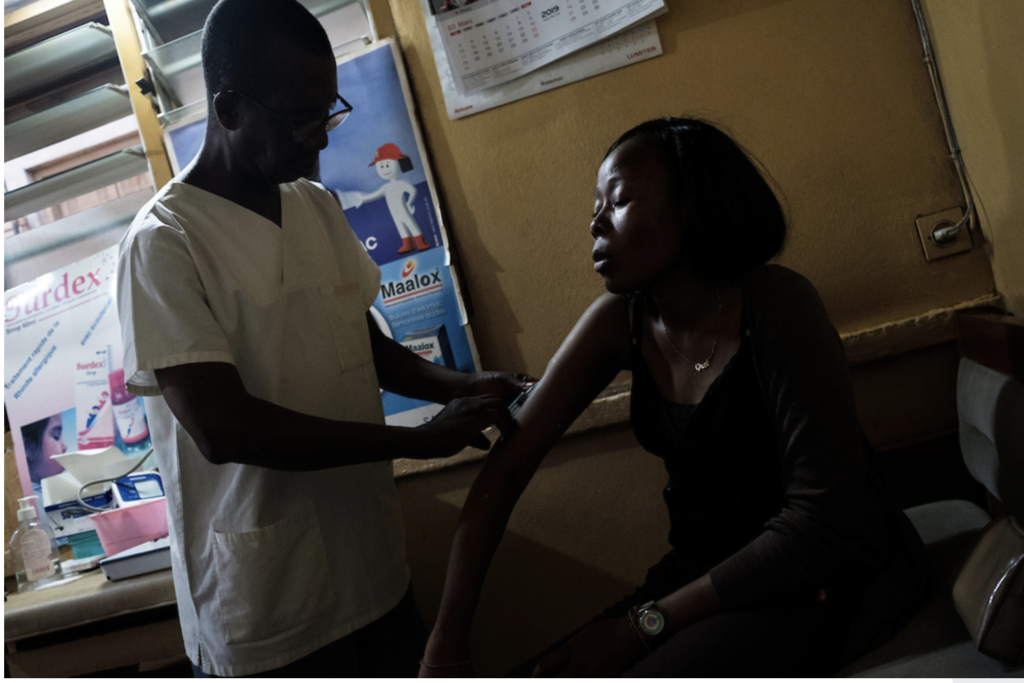
Her walk is controlled and slow – she almost seems to economise her movements. Two streets on, she enters a courtyard, where she is greeted by Kodjo Touré*. The nurse, dressed in a white coat, runs a little neighbourhood clinic from his house.
Grace has sickle-cell disease, a genetic disorder of the red blood cells. While normally these cells are shaped like doughnuts, making them flexible so they can squeeze through even the smallest blood vessels, with sickle-cell they are shaped like a crescent moon, making them rigid. They get stuck in capillaries, blocking the blood flow to parts of the body. This can cause damage to bones, muscles and organs, and episodes of excruciating pain known as vaso-occlusive crises. The disease is commonest in sub-Saharan Africa, India, Saudi Arabia and Mediterranean countries, and in Togo an estimated 4 per cent of the population suffer from it.
“It is a sickness I would not wish upon my worst enemy,” Grace says. For five days now she has been having one of her painful episodes. Over the past five years, the vaso-occlusive crises have started to come more regularly. On average she has two of them a month, each lasting a week or more.
“If the pain wants to be kind to me, it comes slowly, but most of the time it just suddenly pops up in my body,” Grace says. The day before, a combination of fever and pain made her vomit. “I had to tie a cloth around my chest to be able to breathe. The pain felt like something was squashing my lungs.”
Only regular injections of painkillers bring Grace some relief. She has come to Touré’s clinic so often that he no longer charges her. And anyway, she carries everything she needs in her purse. In it are syringes, disinfectant solution, cotton wool, the non-steroidal anti-inflammatory ketoprofen, and five ampoules each containing 100 mg of tramadol.
The problem is that for Grace, tramadol often isn’t enough to ease her pain. She has to make do because in Togo, stronger pain medications, like morphine, are rarely available.
Touré breaks open one of the tramadol ampoules, draws the liquid into a syringe and injects it into Grace’s arm. For just an instant her self-control cracks. She looks exhausted.
Later, Grace is sitting next to a young woman lying on a metal-framed hospital bed at the National Sickle Cell Research and Care Centre. Seventeen-year-old Jennifer, like Grace, also suffers from sickle-cell disease. She has been in the throes of a vaso-occlusive crisis for days.
In general, such crises are triggered by sudden temperature change, dehydration, strenuous physical exercise or a lack of oxygen. “She woke up at night crying,” says Thierry, Jennifer’s father. At the centre the teenager was put on a drip containing tramadol together with other medications. It took two nurses seven painful attempts to find a vein that did not collapse as soon as the cannula was inserted.
Finally one of them succeeded, finding a vein at the base of Jennifer’s thumb. By the time the fluid started flowing, Jennifer was whimpering in pain and frustration, tears rolling down her cheeks.
Grace bends over Jennifer, speaking to her in a soothing voice. “I call it my little monster that wakes up when it wants to,” she says to the younger girl. “You have to accept your condition. You have to learn to live with it.”
Grace spends most of her time advancing the cause of her “sickle-cell brothers and sisters”. She is the founder of the association Drépano Solidaires (United Against Sickle Cell) and is trying to set up an NGO to provide psychosocial support to people with the disease. She also finds the time to volunteer at the centre, preparing files for the doctors and counselling patients and their relatives. She comes every day, even when her own pain is hard to bear, as it was when she had to tie the cloth around her chest to be able to breathe.
On a scale of 0 to 5, her pain was at 4.3, she says. At that point tramadol is just not enough. The painkiller is ranked at step 2 of the WHO pain ladder, a guideline for the use of drugs to manage pain. “Sometimes when you are having the pain like this,” Grace says, “they can inject you those things, but it will not ease it.”
According to the ladder, if weak opioids such as tramadol or codeine become insufficient, they should be replaced by a strong step 3 opioid such as morphine, fentanyl or oxycodone. But these are not readily available in Togo. “You see people, they are suffering, suffering, and all that we have is tramadol and ketoprofen to ease the pain,” says Grace. “It would be a good thing if we can go to level 3.”
“When one prescribes [morphine], you really have to do a tour of all the pharmacies in Lomé and have the luck to find it at one,” says Hèzouwè Magnang, a haematologist and the director of the sickle-cell centre. “One makes do with analgesics of step 2.” He says it’s troubling when “you reach the end of your means” and a patient is still in pain.
The reasons for the shortage of step 3 painkillers are numerous and they compound each other.
